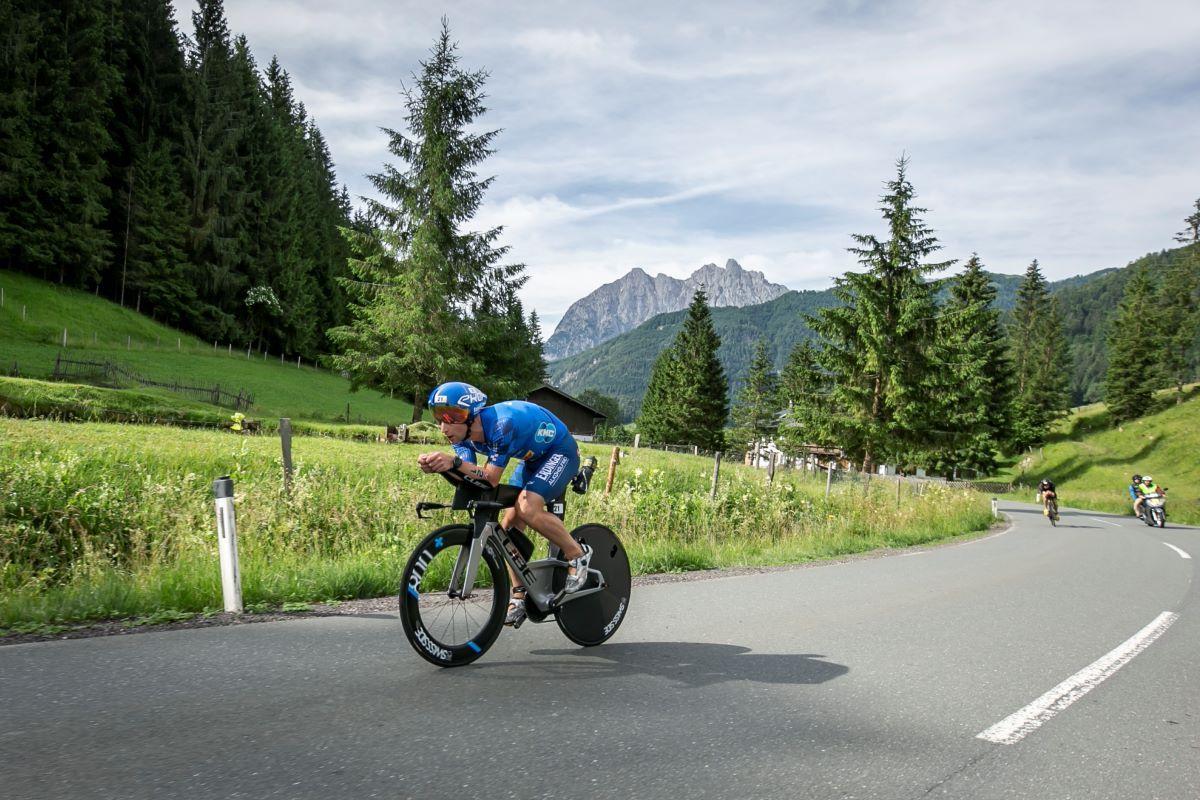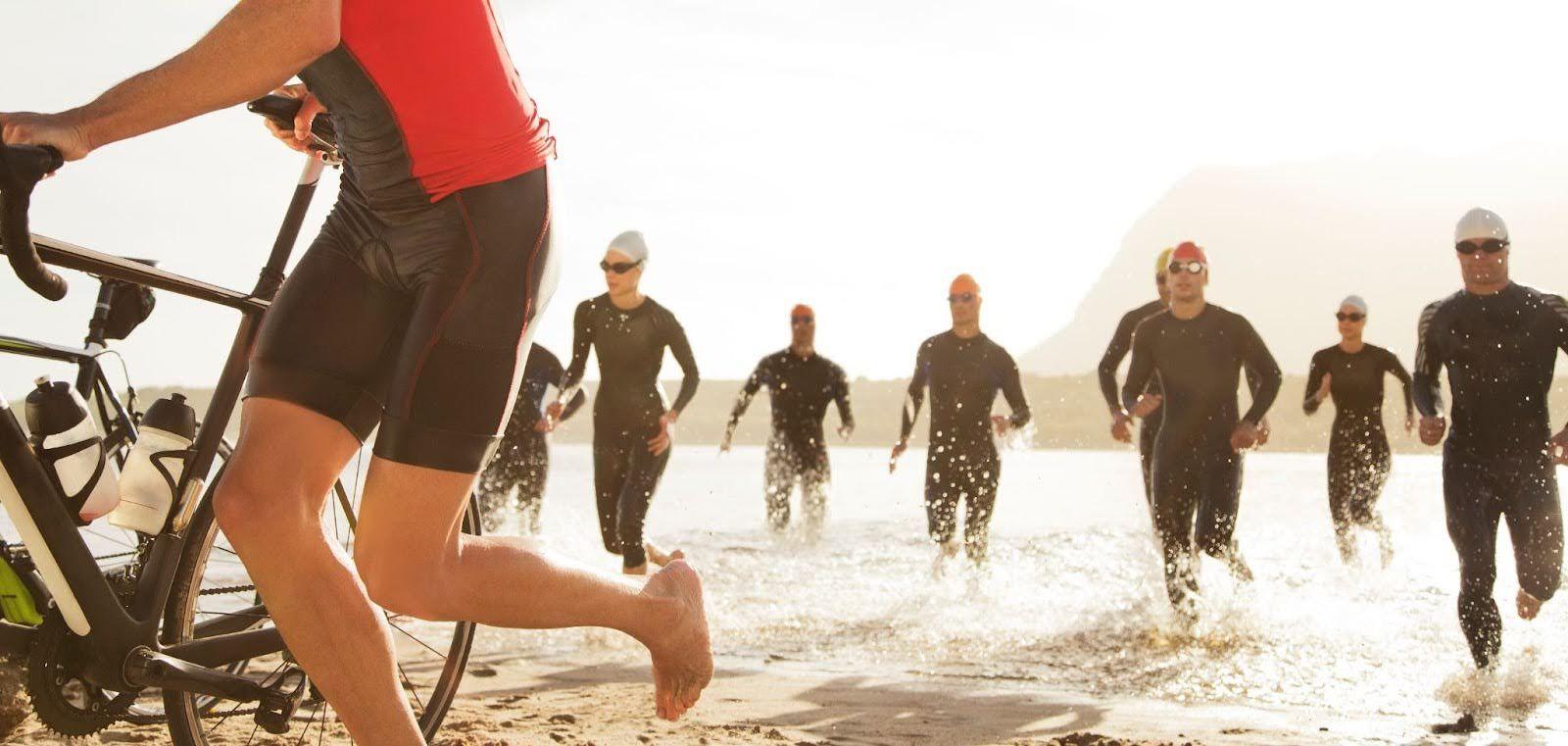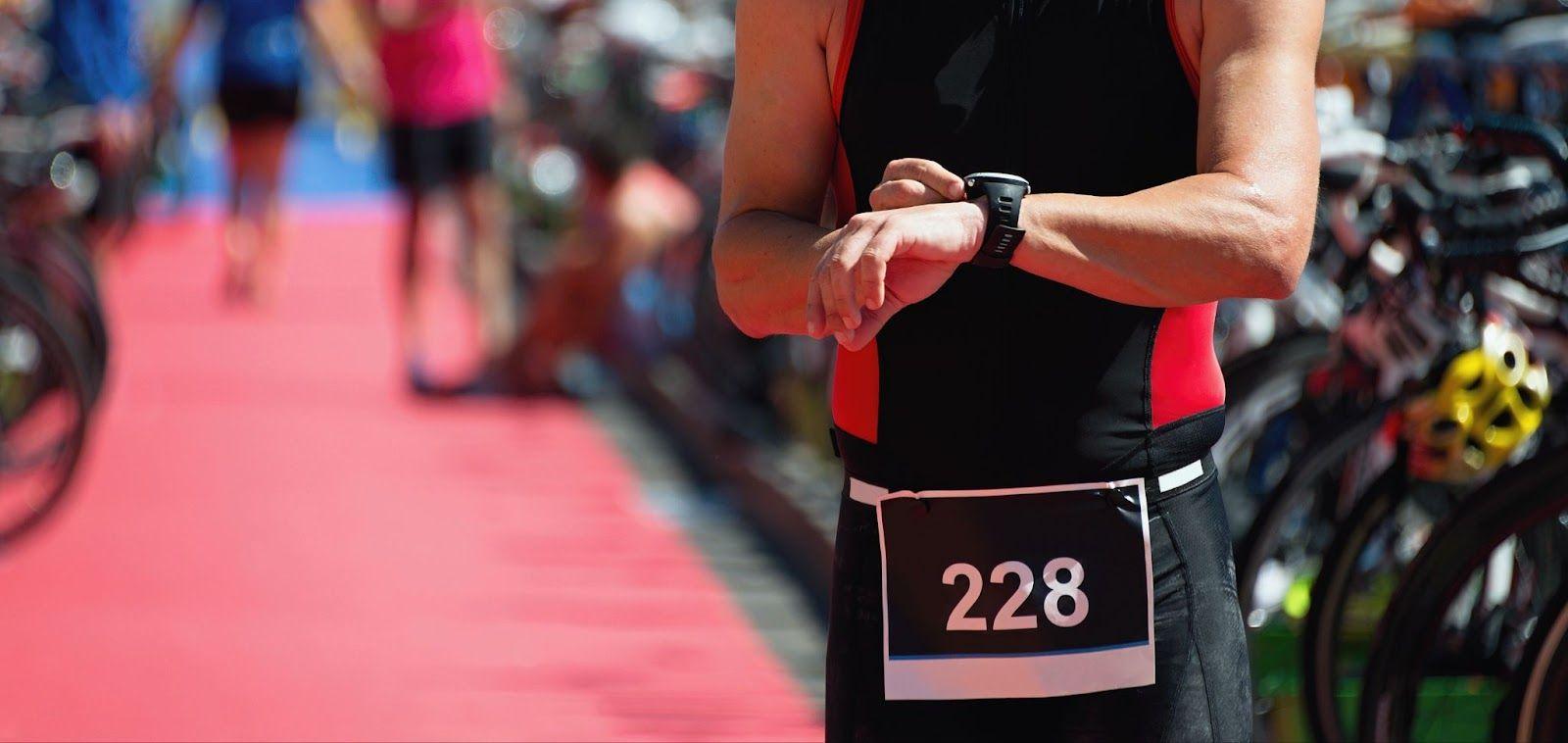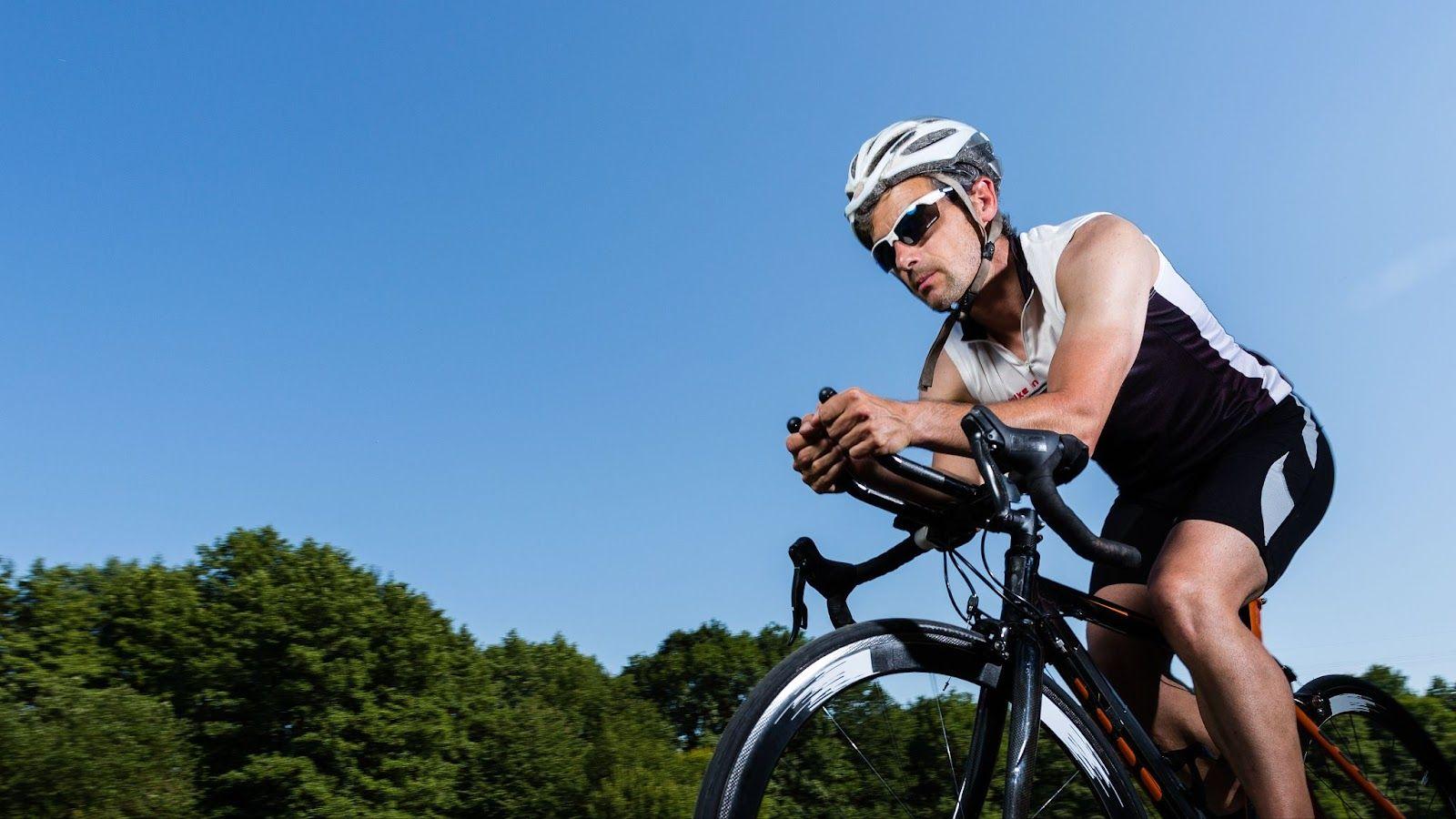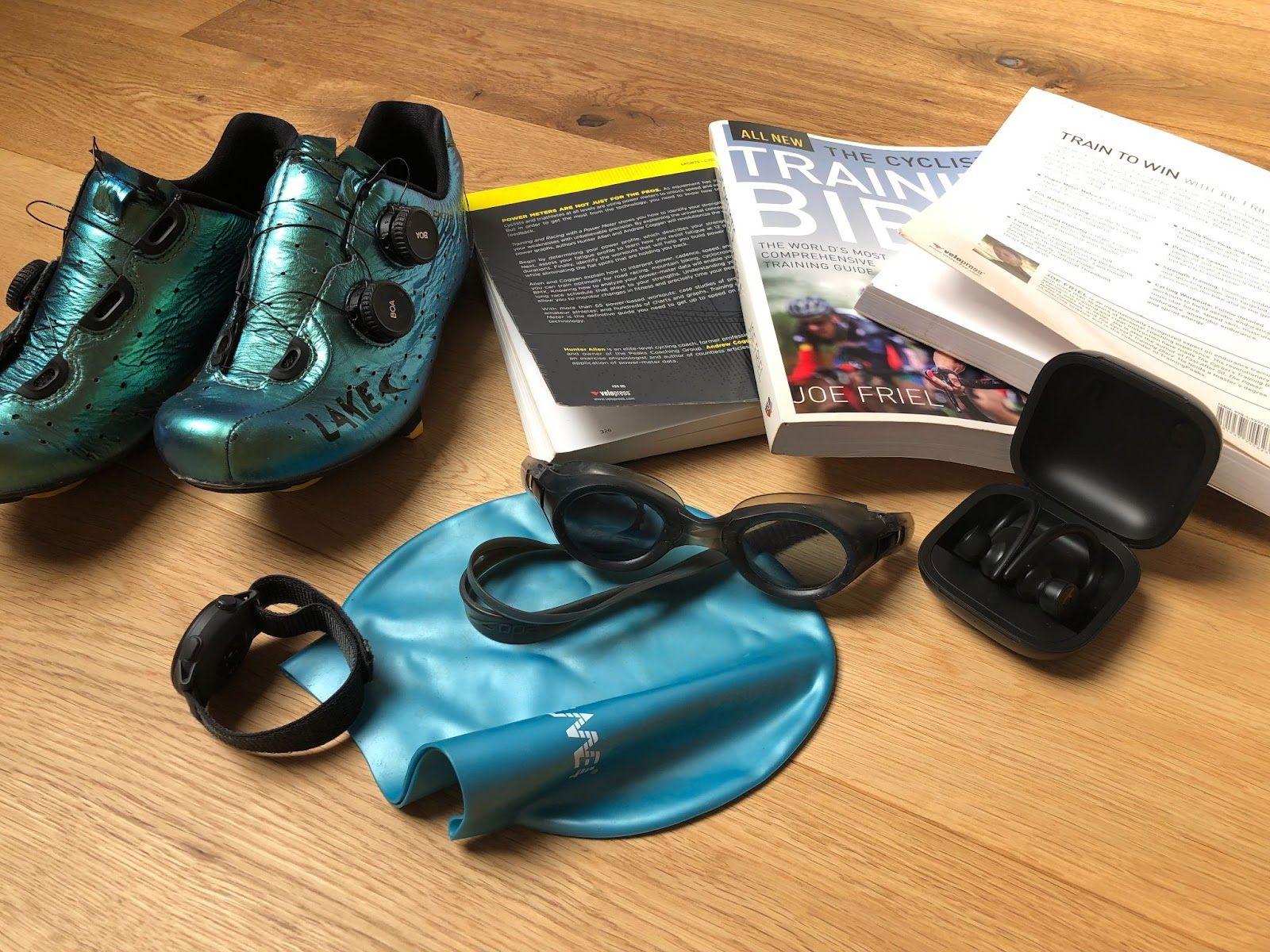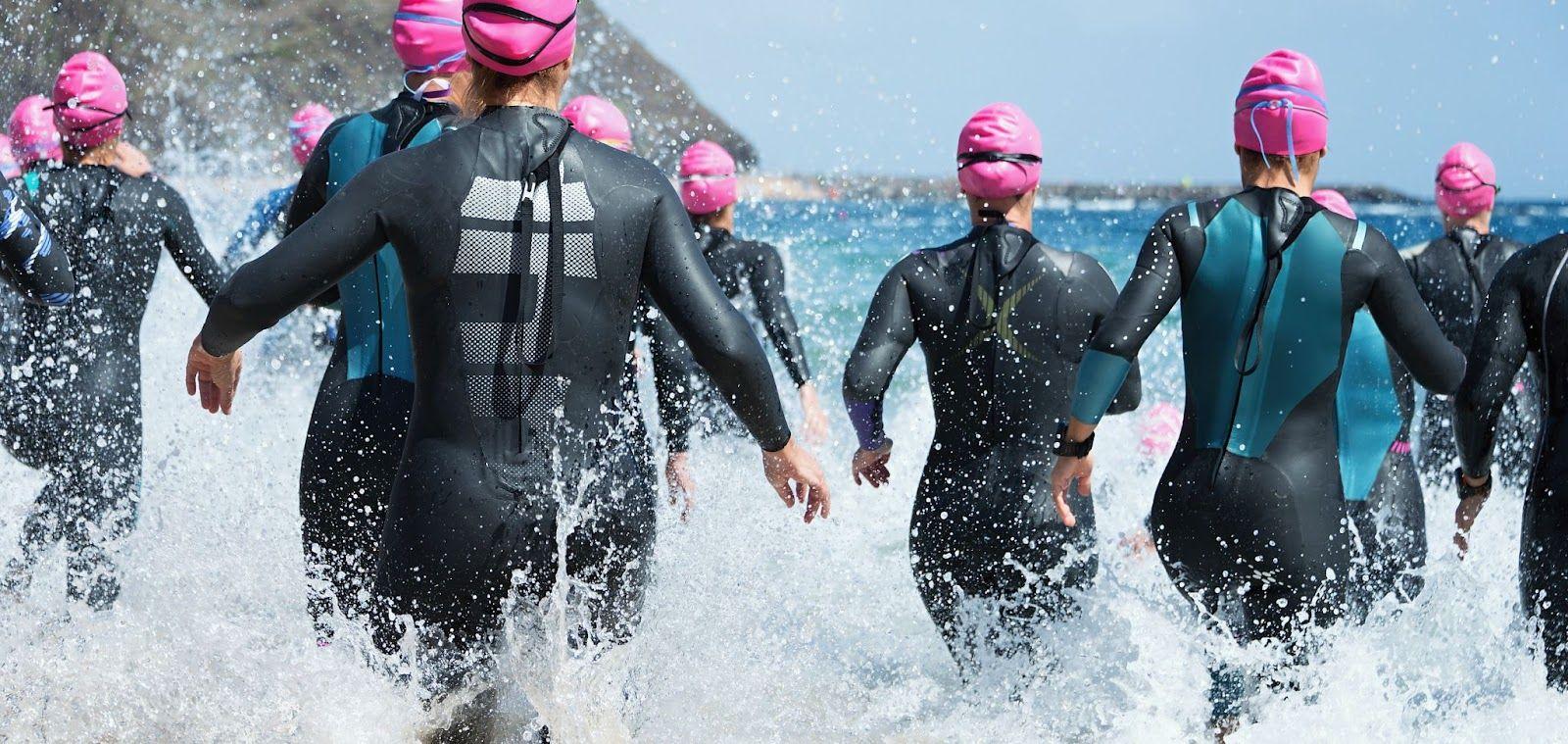Whether your aim is a speedy sprint triathlon or a full Ironman distance triathlon, the first step is understanding the distance menu. I come to this as a lifelong cyclist who also logs plenty of miles on the run paths—not as a seasoned triathlete, but as someone who loves digging into the details. After researching the sport, watching amateurs, age groupers, and professional triathletes battle across world championship calendars, I pulled together the tips I share with friends who ask how to choose their first race.
Why Distances Matter
The distance you pick controls your training load, recovery needs, and even how many family weekends you can spare. A super sprint distance triathlon might require five hours of weekly training, while a full iron distance could demand triple that. Choosing wisely means you stand on the start line excited, not exhausted. It also lets you map steady progress. Finish one race, adjust the plan, then climb to the next rung when life allows. Treat triathlon like an ongoing tour rather than a single big trip.
Super Sprint Distance: The Compact Sampler
A super sprint distance course is often a 400‑meter swim in a swimming pool, a 10‑kilometer bike leg on closed neighborhood roads, and a 2.5‑kilometer run on paths or sidewalks. Many local clubs hold super sprint triathlon nights where newcomers share lanes with veteran mentors. Two swims, rides, and runs weekly for a month will carry you comfortably.
The race itself feels like three back‑to‑back interval workouts. Smooth transitions matter more than fancy gear, so practice hopping on and off the bike until the moves feel natural. Most triathletes cross the line in thirty to sixty minutes, grab coffee with new friends, and leave hooked on the sport.
Sprint Triathlon Distance: Fast but Forgiving
Double the swim to 750 meters, ride 20 kilometers, and finish with a 5‑kilometer run and you have a sprint triathlon. This format attracts the largest fields because it balances speed and accessibility. Training about six hours per week—two swims for technique, two rides for bike fitness, and two runs for stamina—fits around most work schedules. Include one brick session to teach legs the odd sensation of running after cycling. On race day strategy matters. Push the bike course ten percent too hard and watch the 5K dissolve into a shuffle. Community sprint races like the Chicago Triathlon mix first timers, age group battles, and pros sharpening early‑season speed, creating a buzzing atmosphere without eating the whole weekend.
Olympic Distance: The International Standard
The Olympic distance triathlon, sometimes called the standard distance event, covers a 1.5‑kilometer swim, a 40‑kilometer bike, and a 10‑kilometer run. It rose to global fame at the Sydney 2000 Olympic competition and remains the gold standard for world triathlon series racing. Plan eight to twelve focused training weeks if you already have a solid fitness base.
Pool sets stretch beyond two kilometers, long rides touch sixty, and weekly run volume nudges toward thirty kilometers. Nutrition begins to influence success; one gel and an electrolyte bottle on the bike can spare you the late‑run fade. Pacing mistakes sting here because the distance straddles sprint intensity and endurance duration.

Half Ironman / Ironman 70.3: The Middle‑Distance Sweet Spot
A half Ironman distance race—branded Ironman 70.3 for the seventy point three miles of total distance—combines a 1.9‑kilometer swim, a 90‑kilometer bike course, and a 21.1‑kilometer run. Many amateur athletes view this middle distance triathlon as the perfect blend of manageable training and serious challenge. Ten to twelve hours per week, including a three‑hour Saturday ride and ninety‑minute Sunday run, prepare most competitors.
Fueling is central. Sixty grams of carbohydrates and adequate sodium per hour keep energy stable; experiments in training avoid race‑day surprises. Pace the bike at an effort you could hold for five hours, not four, and the half marathon will reward you. Events like Ironman 70.3 Oceanside or the Ironman 70.3 World Championship show how loud crowds and stacked age‑group fields make this distance unforgettable.
Full Ironman Distance: The Legendary Benchmark
The full Ironman distance triathlon remains the benchmark of single‑day endurance. Athletes swim 3.8 kilometers, bike 180 kilometers, and run a marathon of 42.2 kilometers. Training blocks often last six to twelve months with peak weeks near twenty hours. Consistency beats epic sessions; four solid months at ninety‑five percent beats two overloaded weeks followed by injury.
Mental preparation counts just as much. Ironman race day swings through highs and lows, sometimes within the same mile. Humming one calm phrase, like keep moving forward, can reset a spiral of fatigue. Ironman events include spectator‑packed U.S. races such as Lake Placid, remote gems like Ironman New Zealand, and warm‑water classics like Ironman Cozumel. Each finish chute feels identical in emotion: relief, pride, and a new personal bar set higher than before.
Ultra Triathlon Distance: Beyond the Iron
Ultra triathlons multiply the iron distance several times and often unfold over stages. Ultraman Hawaii, for example, spans three days and 515 kilometers. Day one pairs a 10‑kilometer open‑water swim with a 145‑kilometer ride. Day two covers 276 kilometers of cycling. Day three caps the journey with an 84‑kilometer double marathon.
Entrants must bring a support crew and treat logistics like mountain‑expedition planning. Training involves huge aerobic volume, precision nutrition, and learning to sleep in shifts. Athletes competing in ultras aim for safe completion, valuing grit over speed, and the stories carried home match the total distance covered.
How to Choose Your Distance
Start with a time audit. Five to seven weekly hours favor super sprint or sprint races. Eight to twelve fits the Olympic distance or a half Ironman. Fifteen or more hours open the door to full iron distance or beyond. Factor in current strengths. A cyclist may embrace a longer bike leg, while a new swimmer might start with pool‑based sprint races. Family life influences choice too; training should add energy, not drain it. Finally, pick a venue that sparks motivation—coastal scenery, fast flat profiles, or a hometown crowd.
Core Training Principles
Consistency rules. Increase weekly volume by no more than ten percent and schedule a lighter recovery week every fourth week. Technique matters in every discipline. Smooth swimming, steady cadence on the bike, and efficient run form conserve energy. Fuel anything longer than ninety minutes with carbs and electrolytes. Prioritize seven to nine hours of sleep; no gadget beats good rest.
Transitions and Race‑Day Logistics
Transitions are free speed. Practice the sequence at home: jog in, towel off, shoes and helmet on, mount line, pedal away with snacks on the frame. For transition two, rack the bike, helmet off, slip on quick‑lace shoes, and head out. Ten driveway drills burn these moves into muscle memory. On race morning arrive early, pump tires, lay out gear neatly, and walk to the swim start relaxed. Small details prevent frantic errors.
Recovery and Long‑Term Progress
Take two light days after any event. Reintroduce easy swims and spins, then resume structured training once soreness fades. Note which gear chafed, what fuel sat well, and where pacing slid off target. Every finish becomes a lesson that guides the next block.
The Bigger Picture Across Race Formats
World Triathlon, formerly the International Triathlon Union, maintains rules so athletes can compare performance across different triathlon distances. Age groupers and pros often race the same distance on the same day, sharing the bike course and finish chute. Some competitors stick to shorter races that fit around family life. Others aim for middle distance triathlon classics like Ironman 70.3 or full Ironman sanctioned events. A few dream bigger, chasing ultra starts that include the legendary Around Oahu bike race segment. Whatever the race format, swim bike and run link every start line to every finish line.
Final Thoughts
Give yourself permission to start small and dream big. Maybe this year you circle a local sprint, balancing workouts with kids’ soccer and late meetings. Next season you step up to a middle distance race and learn the rhythm of long Saturday rides at sunrise. Eventually you might stand on an Ironman start line, heart hammering, surrounded by strangers who feel like teammates. Every rung on the ladder teaches lessons you will carry beyond sport: patience, persistence, and the belief that hard work pays off.
If you ever doubt yourself on course, look around. You will see age groupers who lost a hundred pounds to be there, amateur athletes racing in honor of loved ones, and professional triathletes giving high‑fives despite chasing podium spots. Draw energy from them and offer your own smile in return. That exchange is the real prize. Clocks and medals matter, but the friendships and confidence you gain last much longer.
So pick a distance that fits your life today, lace up, and start logging those swim bike run sessions. Celebrate each small victory and trust that consistency will carry you farther than talent alone. When race day comes, breathe deep, soak in the atmosphere, and remember you chose this adventure. Cross the line proud, then dream up the next challenge—because the finish is never the end, only the beginning of whatever comes after.

